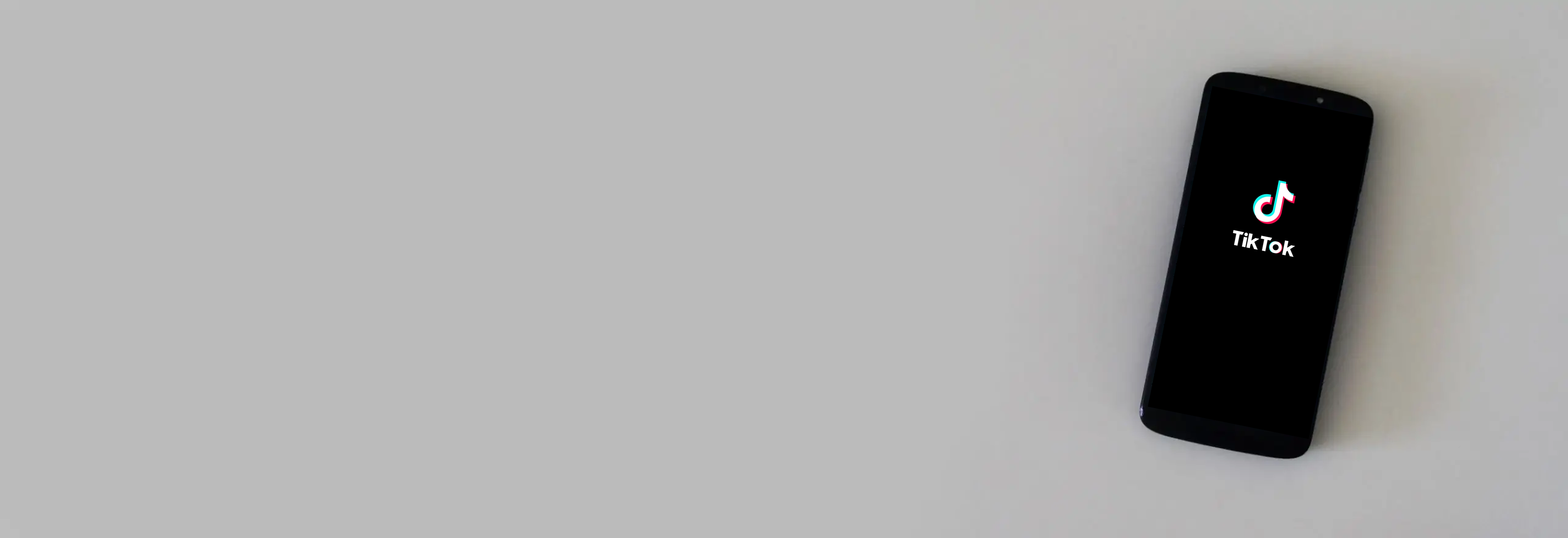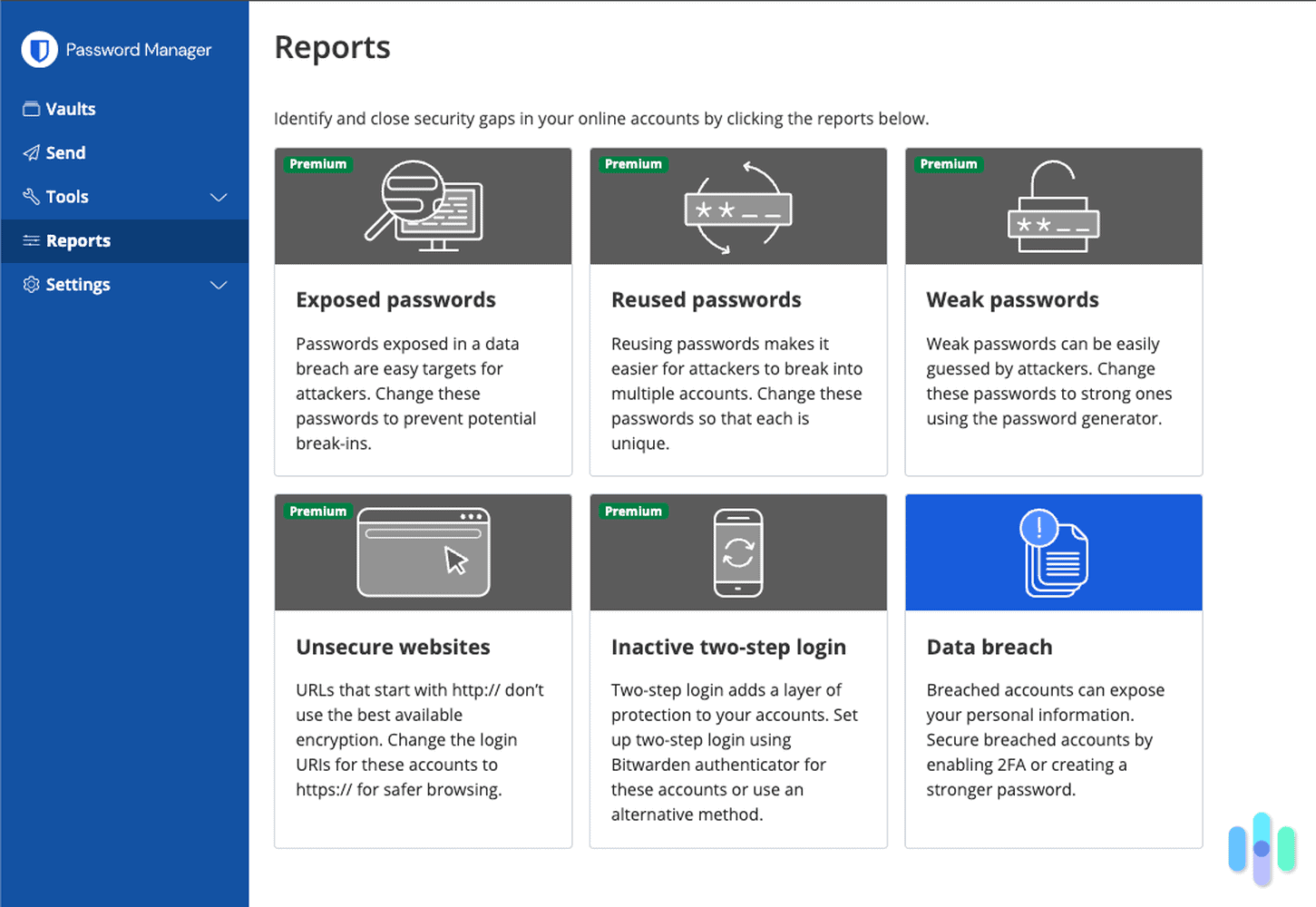Challenges and dares have been around for as long as there have been bored teenagers. The fad of phone booth stuffing, for instance, began way back in the 1950s, while goldfish swallowing dates back to the 1930s. And us 1980s and 1990s kids, we grew up ding-dong ditching. Or was it just us?
With social media now dominating our digital lives, these challenges have evolved into something more intense and far-reaching. Remember when everyone was dumping ice water on their heads back in 2014? Even tech moguls like Bill Gates and A-listers like Taylor Swift jumped in. That particular trend raised over $115 million for ALS research, proving that viral challenges can spark real change. But here’s the thing: for every heartwarming trend, there’s a dangerous dare lurking in your teen’s TikTok feed.
While we can’t predict what wild trend will blow up next week, we’ve compiled the most hazardous online challenges that have emerged recently. Consider this your field guide to the digital dares you definitely want your family to avoid.
Editor’s Note: When online challenges go wrong, it can be useful to have a security system in place that will alert emergency personnel to your situation. To learn more, check out our list of the best home security systems.
The 10 Most Dangerous Online Challenges
What drives someone to eat laundry detergent or cook chicken in cold medicine? Maybe it’s the dopamine hit from going viral, or just plain old FOMO. Whatever the motivation, the participants in these challenges clearly weren’t thinking about the emergency room visit that might follow their 15 seconds of fame.
Planking
Remember when lying face-down like a board seemed harmless? At first, planking was just goofy fun. People would snap photos lying rigid across park benches or shopping carts. But as with most viral trends, the stakes kept rising. Soon, thrill-seekers were planking on balcony railings, moving vehicles, and rooftops. Emergency departments reported several severe injuries from “extreme planking” attempts, including spinal fractures and traumatic brain injuries from falls. The challenge might seem dated now, but copycat versions still pop up on platforms like TikTok and Instagram Reels.
The Hot Pepper Challenge
This challenge keeps reinventing itself with increasingly potent peppers: Carolina Reapers, Pepper X, and whatever nightmare botanists cook up next. Sure, we’ve always dared each other to try spicy foods, but there’s a massive difference between adding heat to your tacos and chomping down on a pepper that measures over 2 million Scoville units.
Eating these super-hot peppers straight can trigger more than just tears and regret. Medical professionals have documented cases of esophageal tears, severe allergic reactions, and something called “reversible cerebral vasoconstriction syndrome” or thunderclap headaches. Basically, your blood vessels spasm so violently it mimics a stroke. In September 2023, a Massachusetts teen died after participating in the “One Chip Challenge,” which involved eating a single tortilla chip dusted with Carolina Reaper and Naga Viper peppers.1 The manufacturer pulled the product from shelves shortly after.
Safety Tip: Thunderclap headaches strike suddenly and reach their peak within around 60 seconds. They can be a sign of a potentially life-threatening condition.
Sunburn Art
Want a temporary tattoo that could permanently damage your skin? That’s essentially what sunburn art delivers. This trend involves creating patterns on your skin using stencils, sunscreen designs, or strategically placed objects, then deliberately getting burned to reveal the “art.” Dermatologists continue to warn that this practice significantly increases melanoma risk – and the statistics back them up. The Skin Cancer Foundation says that repeated sunburns raise your lifetime risk of developing melanoma.2 Plus, with skin cancer rates rising among younger adults, this is one art form that’s definitely not worth the Instagram likes.
Nyquil Chicken
Here’s a challenge that’s obviously dangerous. The Nyquil chicken challenge began circulating on social media in 2022, and even the pictures should give you pause. Chicken breasts drenched in an aqua-colored liquid don’t look appetizing, and it turns out inedible food is the least of the dangers associated with this dare. When you boil a liquid medication, you remove excess water, and that increases the medication’s intensity. The active ingredients in Nyquil — acetaminophen, dextromethorphan, and doxylamine — can be incredibly dangerous in high dosages. In fact, even if you don’t eat the chicken, you’re at risk from breathing the fumes as you’re cooking it.
Cinnamon Challenge
This one took off partly because it seemed like a hilarious joke to play on friends and family. Swallowing a spoonful of cinnamon sounds easy enough. After all, we love cinnamon when it comes in roll form. The thing is, we typically eat cinnamon mixed with sugar. Straight cinnamon is far more difficult to eat. Among other things, it dries out the mouth, making it difficult for you to swallow. The goal is to catch the eater by surprise, which is supposed to be funny, and as long as everything goes to plan, it is admittedly pretty hilarious. The problem is that cinnamon is such a fine substance that it’s really easy to breathe in the particles, especially when you’re gagging, and cinnamon can do significant damage to the lungs. Best to stick to the rolls.
Bird Box Challenge
The film “Bird Box” is based on an interesting enough concept. No spoilers, but characters in the film must learn to navigate the world while wearing blindfolds. That idea wound up sparking a real-world online challenge. It’s not hard to predict the results. Walking blindfolded into traffic is never a good idea. Proponents of the challenge have argued that it’s a way to empathize with the blind. Even this turns out to be a sketchy justification, though. Studies have shown that the bird box challenge can actually make participants more insensitive to the problems the blind face1.
The Blackout Challenge
This challenge – which involves intentionally cutting off oxygen until you pass out – has been cycling through different names and platforms for years. Whether it’s called the “choking game” or “pass-out challenge,” the mechanics and dangers remain the same.
The CDC has been tracking this dangerous behavior since before social media existed, but platforms like TikTok have given it new life among younger users. Depriving your brain of oxygen, even briefly, can cause permanent damage. We’re talking seizures, brain injury, and death. In 2022, multiple families filed lawsuits against social media companies after children died attempting this challenge, highlighting how algorithms can amplify dangerous content to vulnerable users.4
If you’re a parent, this is definitely one to discuss with your kids. They need to understand that “passing out” isn’t a harmless prank – it’s your brain’s emergency response to oxygen deprivation.
Blue Whale Challenge
This isn’t just a challenge – it’s a manipulative scheme that targets vulnerable teens through a 50-day program of escalating tasks. What starts with seemingly innocent activities like watching horror movies gradually morphs into self-harm and worse. While the original challenge peaked around 2016 to 2017, copycat versions continue to surface on messaging apps and gaming platforms. In 2023, several countries issued fresh warnings about similar “suicide games” targeting young people through Discord and other chat services. Parents should watch for warning signs like secretive online behavior, unexplained injuries, or dramatic mood changes.
Tide PODS
Here’s another one that’s been a particular problem among kids. It’s also another one that’s based almost entirely on misinformation. Tide PODS look pretty cool, and they have the same bright colors you typically find in popular candies. A blue-and-white swirl could easily be some sort of blue raspberry and cream concoction if you bought it at the checkout of your local grocery. Sounds delicious. You can see why kids might be susceptible to peer pressure to try eating a Tide POD. This one seems to have died down following some intense media scrutiny, but for a while, it was among the most dangerous dares out there.
Swatting
Unlike other challenges that harm the participants, swatting weaponizes law enforcement against innocent victims. This “prank” involves making false emergency calls to send SWAT teams to someone’s address. Streamers, gamers, or celebrities whose locations have been leaked online are the most common victims.
The FBI now treats swatting as a serious federal crime, and for good reason. These fake calls waste emergency resources and put everyone involved in danger – the victims, the officers, and any bystanders. Several high-profile cases have resulted in multi-year prison sentences, proving that swatting isn’t just a prank; it’s a felony that can ruin lives, including your own.
Online Safety
Maybe the easiest way to protect yourself from dangerous online challenges is simply to avoid them altogether. Here’s a few more ideas though for keeping you and your kids safe.
- Think it through. Online dares can be fun. Heck, they can even be socially beneficial. You have to think through the consequences of a challenge carefully before you try it. You never know when there may be hidden dangers. And if you’ve got kids, you may need to think through the consequences for them.
- Limit who you interact with. Online challenges are all about peer pressure. You want to make sure your peers, as well as your kids’ peers, are actually people who have your best interests at heart.
- Limit what you share. When those online know who you are, where you live, and what makes you tick, it’s easier for them to use all that information to manipulate you into doing dangerous things.
- Use technology to improve your security. Use digital tools to help you protect yourself and your personal information. Turn on privacy features, install a top-tier VPN, and use strong antivirus software so you’re always in control of your devices.
Recap
Not all viral challenges are trying to send you to the ER. The ice bucket challenge raised serious money for medical research. The trash tag challenge had people cleaning up parks and beaches. Even something as simple as the “pay it forward” trend at coffee shops spreads a little joy. These positive challenges show that social media can be a force for good when we channel that viral energy constructively.
The key is developing the judgment to spot the difference between fun and foolish. If a challenge involves ingesting household products, restricting oxygen, or putting yourself in physical danger, that’s your cue to keep scrolling. No amount of likes is worth a trip to the emergency room or worse.
Citations
- The Guardian. (2023). Massachusetts teen dies after eating spicy tortilla chip.
https://www.theguardian.com/us-news/2023/sep/05/massachusetts-teen-dies-spicy-tortilla-chip-pacqui - Skin Cancer Foundation. (2025). Sunburn & Your Skin.
https://www.skincancer.org/risk-factors/sunburn/ - Statista. (2019, Jan). Bird Box Challenge: why blindfolding yourself and walking into walls is even more stupid than it sounds.
theguardian.com/media/2019/jan/08/bird-box-challenge-why-blindfolding-yourself-and-walking-into-walls-is-even-more-stupid-than-it-sounds - The New York Times. (2022). Parents Sue TikTok, Saying Children Died After Viewing ‘Blackout Challenge’.
https://www.nytimes.com/2022/07/06/technology/tiktok-blackout-challenge-deaths.html






